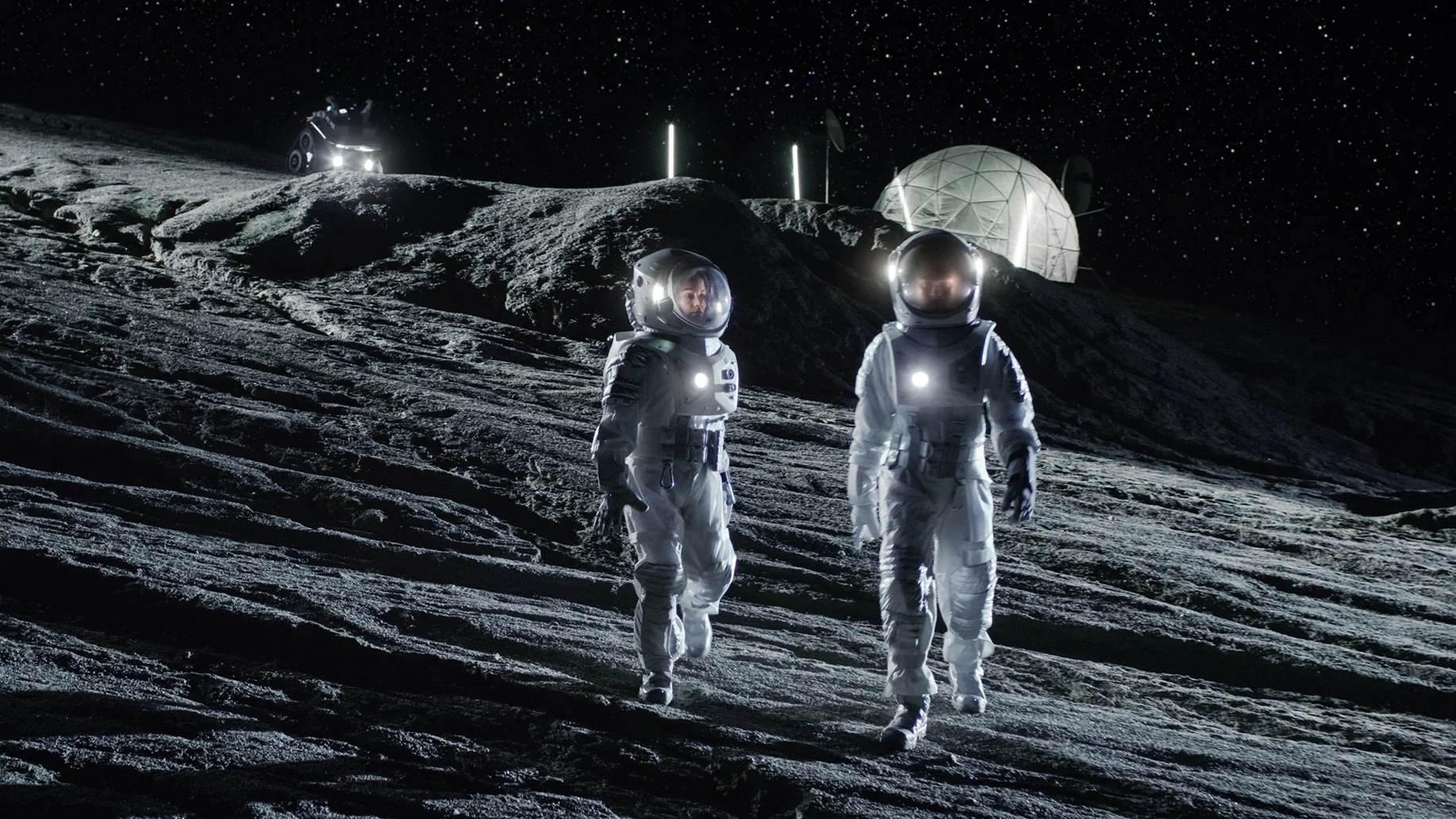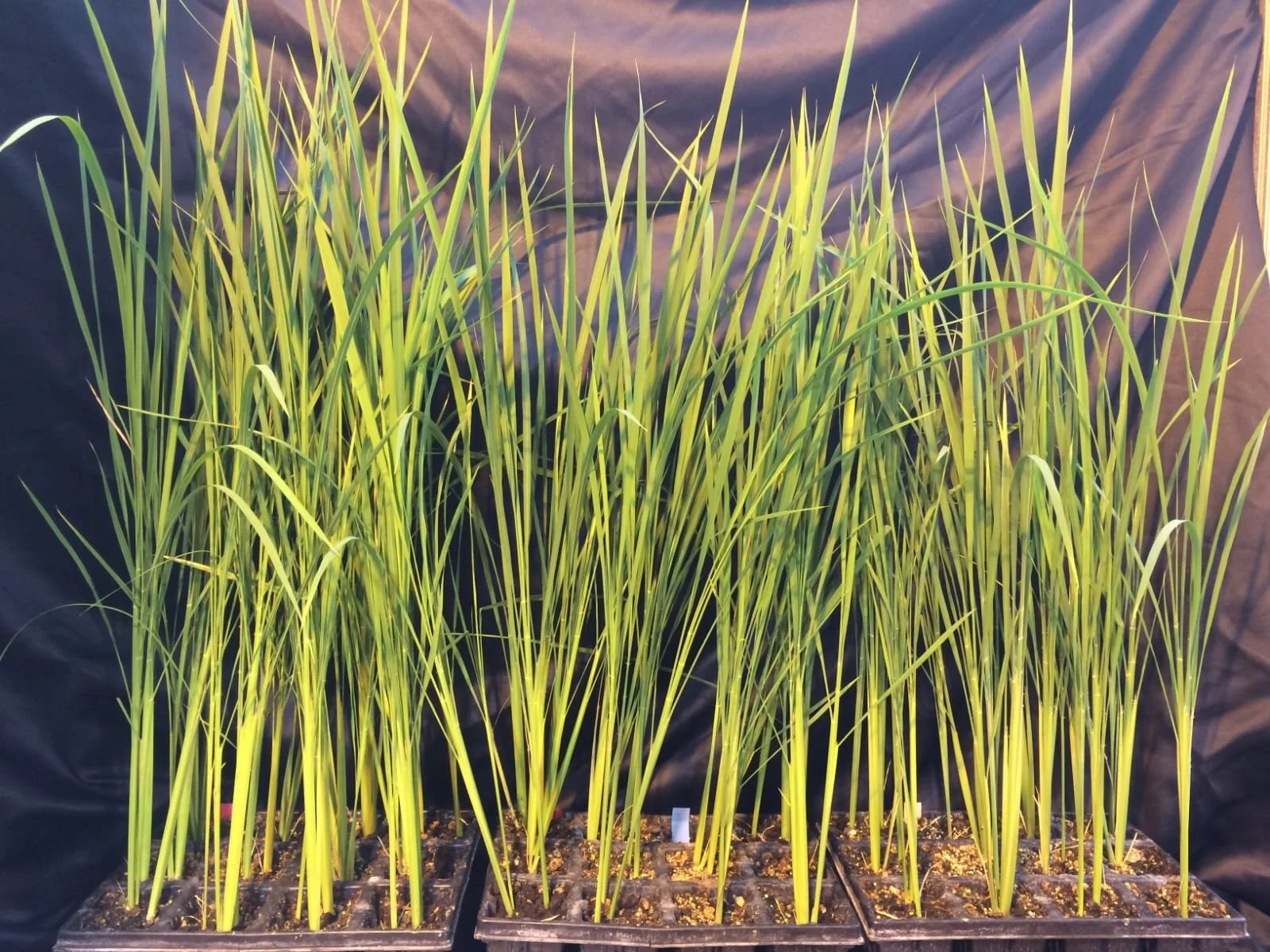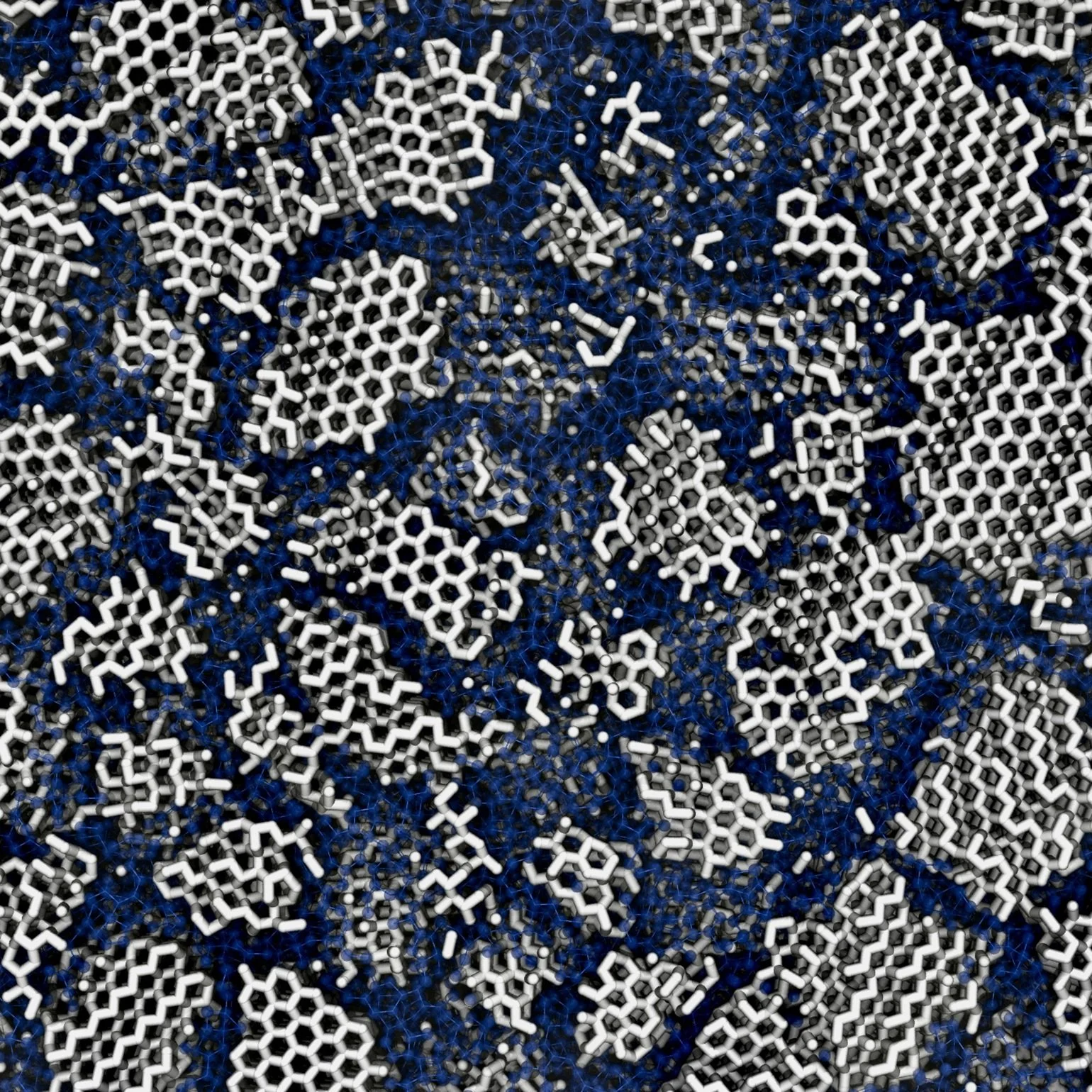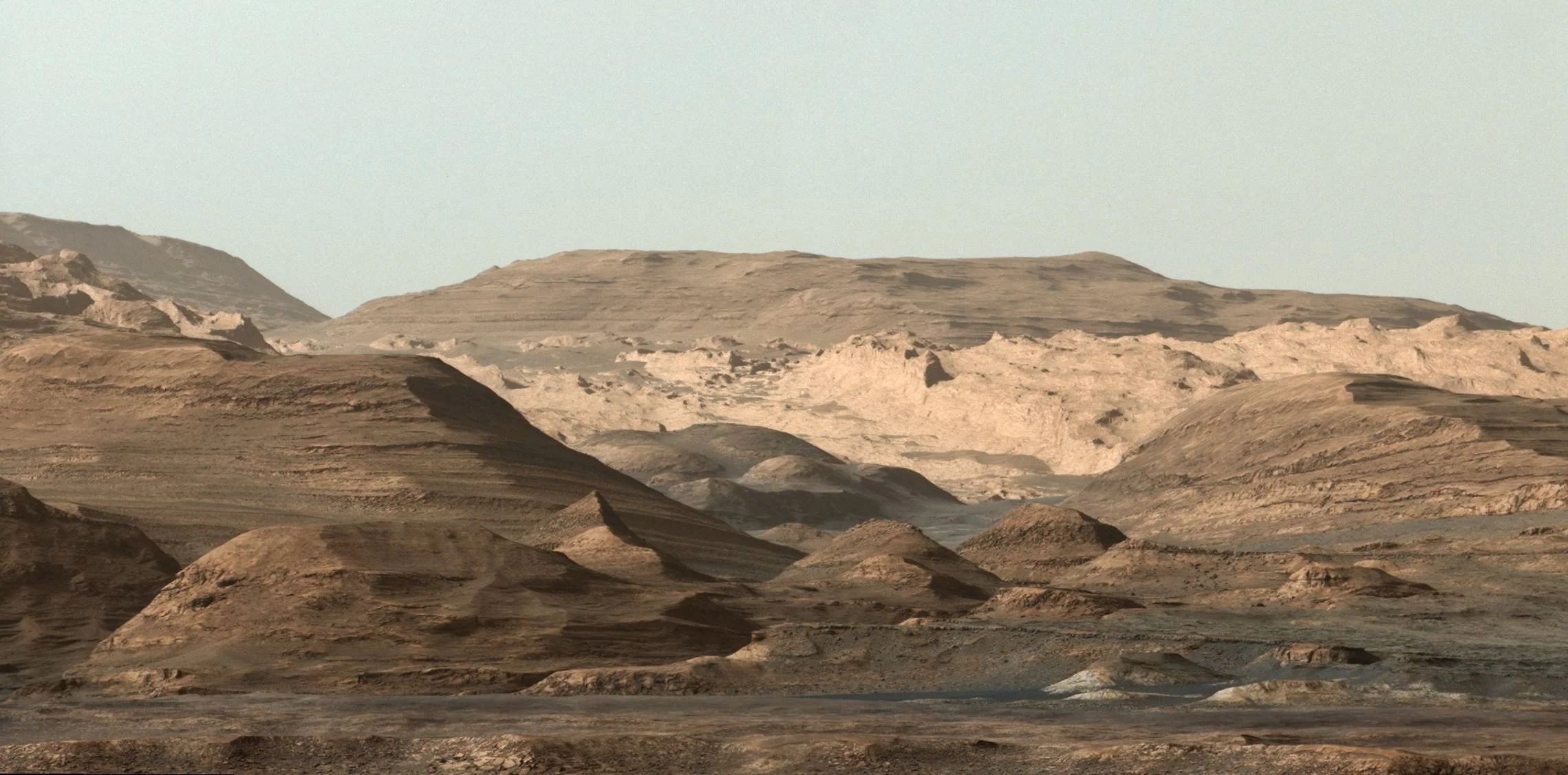NASA’s Juno spacecraft was a little more than one Earth diameter from Jupiter when it captured this mind-bending, color-enhanced view of the planet’s tumultuous atmosphere.
Image credits: NASA/JPL-Caltech/SwRI/MSSS/Gerald Eichstädt/Seán Doran
Jupiter completely fills the image, with only a hint of the terminator (where daylight fades to night) in the upper right corner, and no visible limb (the curved edge of the planet).
Juno took this image of colorful, turbulent clouds in Jupiter’s northern hemisphere on Dec. 16, 2017 at 9:43 a.m. PST (12:43 p.m. EST) from 8,292 miles (13,345 kilometers) above the tops of Jupiter’s clouds, at a latitude of 48.9 degrees.
The spatial scale in this image is 5.8 miles/pixel (9.3 kilometers/pixel).
Citizen scientists Gerald Eichstädt and Seán Doran processed this image using data from the JunoCam imager.
Source: NASA press release - JunoCam's raw images are available for the public to peruse and process into image products at: www.missionjuno.swri.edu/junoca
If you enjoy our selection of content please consider following Universal-Sci on social media:
Research suggests that the timing of your exam can significantly impact your chances of passing, and the same might hold true for job interviews.
It might be possible that astronauts in the future live and work comfortably on the moon without the need for resources to be shipped from Earth.
Modern space exploration mostly relies on shipments from Earth, but these rarely include fresh fruits or vegetables. Having reliable sources of fresh food—rich in vitamins, antioxidants, and fibre—could help keep astronauts healthy on long missions.
Ever wonder why you still feel tired, irritable, or unable to concentrate, even after a full night’s sleep? Studies suggest the culprit could be your night-time exposure to artificial light—from smartphones, tablets, computers, and LED lights.
For a long time, scientists believed this was how fish rested. Surprisingly, research reveals that this seemingly effortless behaviour actually uses almost twice as much energy as genuine rest.
Ice found in the vast reaches of space isn't as simple as previously thought.
What changed Mars from a potentially habitable world into the barren planet we see today? Scientists at the University of Chicago have taken a significant step toward understanding this mystery.
Researchers have developed advanced materials capable of naturally cooling buildings, significantly reducing energy consumption and lowering utility bills.








